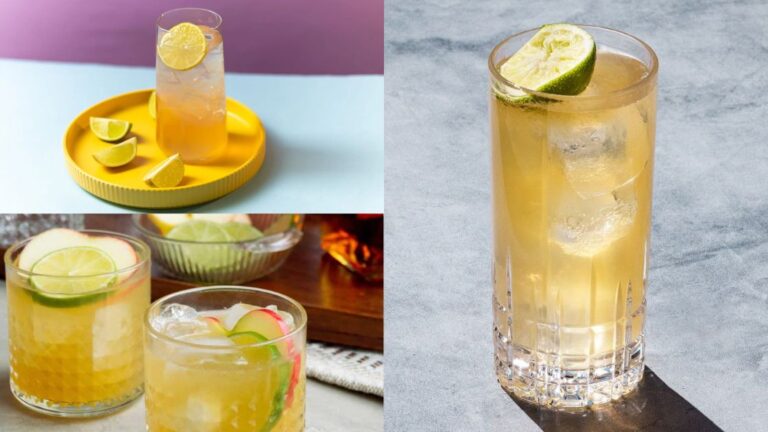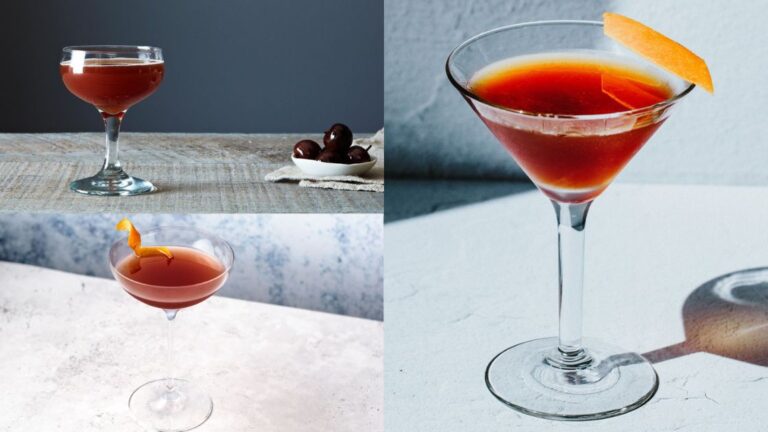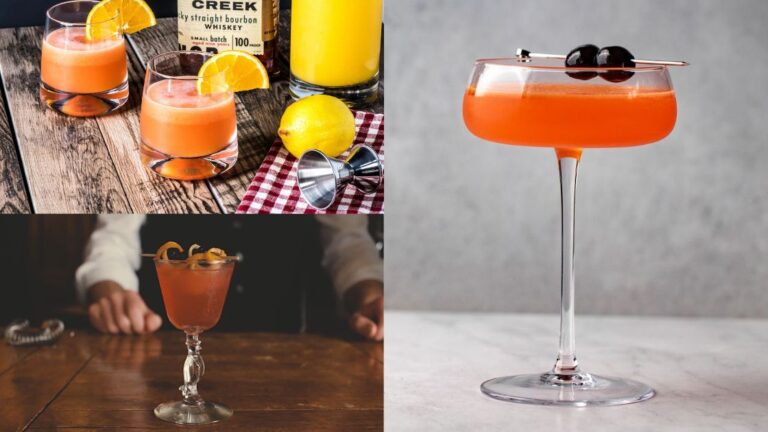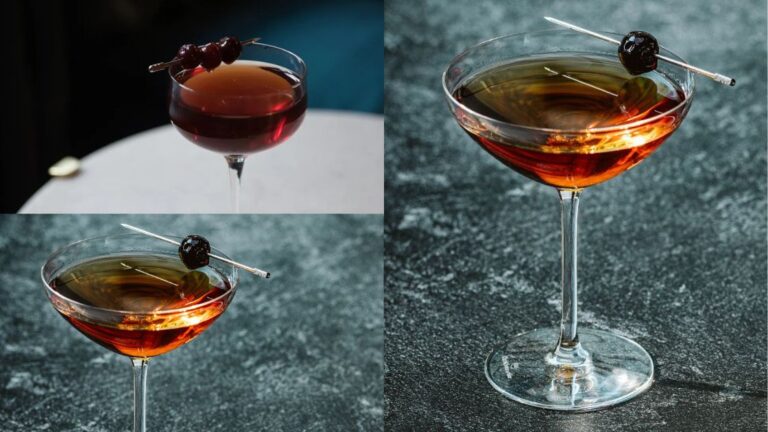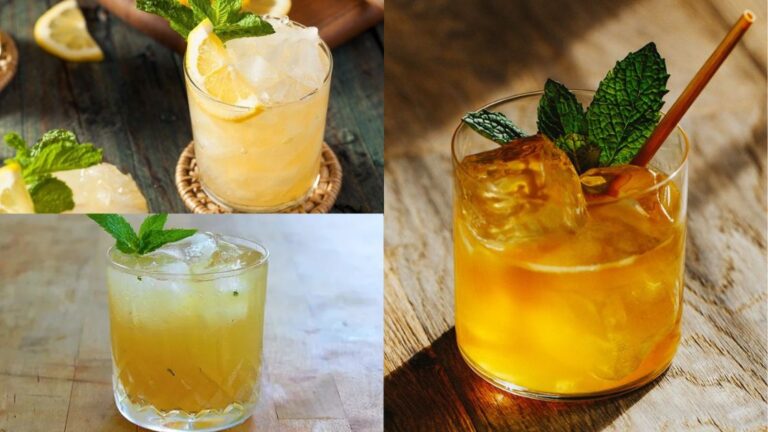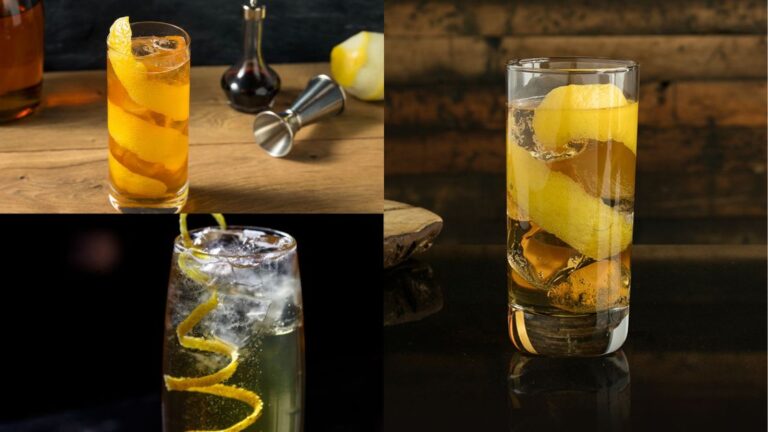In the realm of spirits and beverages, whisky holds a special place, adored by connoisseurs and casual drinkers alike for its varied flavor profiles and intricate production processes. This article will serve as a comprehensive guide on how to properly appreciate and consume whisky, covering everything from understanding the different types of whisky, choosing the right one, the appropriate glassware, tasting techniques, different ways to drink it, and even the etiquettes involved in whisky drinking.
Whisky is a globally appreciated spirit, with a rich history and cultural significance that extends across continents. From the peaty, smoky Scotch whiskies of Scotland to the sweet, corn-rich Bourbons of the United States, whisky manifests a multitude of flavors and styles. Its rich, warming notes have not only made it a favorite beverage in colder climates but also a cherished drink in tropical regions. Beyond its popularity as a drink, whisky has ingrained itself into various cultures – celebrated in songs, literature, and even in traditional ceremonies.
While whisky may initially seem intimidating to some, with its sophisticated aura and an array of drinking methods, the beauty of this spirit lies in its versatility. There are numerous ways to enjoy whisky, depending on personal preferences, the whisky variant, and sometimes even the cultural context. From sipping it neat, enjoying it on the rocks, diluting it with water, or mixing it into a cocktail – the spectrum of whisky enjoyment is broad, and we will explore these methods in the following sections of this article.
Understanding Whisky
History of Whisky
The origins of whisky are shrouded in the mists of time. Both the Irish and Scots have laid claim to its invention. What is known, though, is that ancient civilizations used distillation as a way to make medicines. Around the 15th century, this skill moved to monasteries in Ireland and Scotland. This is where the story of whisky as we know it begins. Over centuries, whisky distillation evolved from a monastic activity to a commercial one, with the spirit gaining popularity worldwide due to its unique characteristics and wide-ranging flavor profiles.
Varieties of Whisky
Whisky, or whiskey as it is known in Ireland and the United States, comes in many forms:
- Scotch Whisky: Distilled in Scotland and aged for at least three years in oak casks. It includes single malt, blended malt, single grain, blended grain, and blended Scotch whisky.
- Irish Whiskey: Typically triple-distilled for a smoother profile, it is produced in Ireland and aged in wooden casks for a period of no less than three years.
- Bourbon: An American whisky primarily made from corn and aged in new charred oak barrels. To be called bourbon, it must meet specific regulations, including being made in the U.S.A.
- Rye Whisky: This can be either American, where it is primarily made from rye grain and aged in charred new oak barrels, or Canadian, which may or may not contain rye but must be aged for at least three years in wood.
Brief Overview of Whisky Production
Whisky production involves several steps:
- Malting: Barley is soaked in water and allowed to germinate. It is then dried in a kiln.
- Mashing: The malted barley is ground into a coarse flour (grist), mixed with hot water in a mash tun to extract sugars.
- Fermentation: The liquid extract (wort) is cooled and transferred to a washback where yeast is added. The yeast converts the sugars into alcohol, producing a beer-like liquid called “wash.”
- Distillation: The wash is distilled in copper stills. The first distillation happens in a wash still, and the second in a spirit still. Only the “middle-cut” of the spirit still distillation proceeds to maturation.
- Maturation: The spirit is transferred to oak casks where it is left to age. During this process, it develops flavors and complexity while losing some of its harshness.
The Significance of Aging
A whisky’s age statement indicates the length of time the spirit has spent maturing in the cask. This is crucial because it influences the whisky’s flavor, color, and overall character. During aging, whisky absorbs compounds from the wood, which contribute to its taste and aroma. However, it’s essential to note that older does not always mean better – it’s more about the balance and harmony of flavors a whisky develops over time.

Choosing Your Whisky
Tips for beginners: how to choose a whisky to start with
As a beginner, choosing a whisky can be quite overwhelming due to the broad range available. It’s generally recommended to start with smoother and more approachable whiskies. Irish whiskies, which are typically triple-distilled, are known for their smoothness. Additionally, bourbon, with its sweet corn-rich profile, can be a great starting point. Lighter Scotch whiskies from regions like Speyside are also beginner-friendly.
Things to think about when buying whisky
- Age: The age statement on a bottle of whisky tells you how long the whisky was aged in casks. Whiskies that are older tend to have more complicated flavors, but that doesn’t mean they’re better. It’s more about what you like.
- Region: The place where the whisky was made can tell you a lot about its taste and personality. For example, whiskies from Islay are known for their smoky, peaty tastes, while whiskies from Speyside are usually fruitier and less strong.
- ABV: ABV, or Alcohol by Volume, tells you what portion of the total volume of liquid is alcohol. Whiskies with a higher ABV (50% and above) are often more intense and flavorful.
- Price: While price can be an indicator of a whisky’s quality, it’s not always the case. There are many reasonably priced whiskies that are still excellent quality. It’s best to set a budget before you start shopping.
Understanding whisky labeling
Whisky labels can provide a wealth of information. Beyond the age statement, they’ll tell you the type of whisky (single malt, blended, bourbon, rye, etc.), the distillery where it was made, and sometimes tasting notes. If the whisky is a single malt, the label will also indicate if it comes from a single distillery. “Cask strength” means the whisky is bottled from the cask undiluted, resulting in a high ABV. If a whisky is “chill-filtered”, it’s undergone a process to remove certain compounds to prevent the whisky from becoming hazy when chilled, though some argue this can affect flavor.

Proper Whisky Drinking Tools
The Right Glassware
The right type of glass can enhance your whisky drinking experience by concentrating the aromas and making it easier to appreciate the color.
- Tumbler: A traditional choice for whisky, particularly if you’re adding mixers or drinking it on the rocks. It’s wide enough to accommodate ice and allows for easy sipping.
- Glencairn: This glass is widely used for tasting whisky. Its tulip shape helps to concentrate the aromas at the top, allowing you to fully appreciate the whisky’s nose.
- Snifter: Similar to a Glencairn, the snifter is generally used for tasting high-quality whiskies. Its shape allows for easy swirling to release aromas and flavors.
When to Use Ice or Water and What Types are Best
- Ice: While purists may prefer their whisky neat, adding ice can mellow the alcohol’s heat and release different flavors. However, it can also dull the taste if too much is added. If using ice, large, solid cubes or spheres are preferred as they melt slower.
- Water: Adding a few drops of water can enhance the whisky’s aroma and taste by reducing the spirit’s volatility. The best water to use is the same water used in the whisky’s production, but since that’s rarely available, spring or filtered water is a good substitute. Avoid tap water as it may contain chlorine and other elements that can affect the taste.
Importance of Using Whisky Stones (if needed)
Whisky stones are used to chill whisky without diluting it, as they don’t melt like ice. They’re typically made from soapstone or stainless steel. While they won’t cool your whisky as much as ice, they can take the edge off without changing the flavor or concentration. However, not everyone prefers them as they can potentially scratch glasses and don’t contribute to the slight dilution that can open up the whisky’s flavors.

How to Taste Whisky
The Three-Step Tasting Process: Look, Smell, Taste
- Look: Hold your glass up to the light and observe the color. A whisky’s color can give you a clue about its age and the type of cask used during maturation.
- Smell: Swirl the whisky gently in the glass to release its aromas. Take a moment to inhale the scents – this is called “nosing”. Try to identify the different notes – they might be fruity, floral, smoky, spicy, or a host of other possibilities.
- Taste: Take a small sip and let it coat your palate before swallowing. Try to identify the different flavors. The taste might be sweet, bitter, rich, light, or complex.
Understanding the Complexity of Flavors in Whisky
Whisky has a complex range of flavors that can include notes of fruit, spice, grain, wood, smoke, and much more. These flavors are influenced by many factors, including the ingredients, distillation process, type of casks used for maturation, and the length of maturation.
Discussing the Palate, Finish, and Balance
- Palate: The ‘palate’ is the actual taste of the whisky on your tongue, which can be different from the nose. It might be sweet, sour, spicy, or bitter.
- Finish: The ‘finish’ refers to the aftertaste that lingers after swallowing. It might be short and subtle, or long and complex, and can change over time.
- Balance: A whisky is considered ‘balanced’ when all the different elements – aroma, taste, finish – harmonize well with each other. No single element should overpower the rest.
How to Keep a Tasting Journal
Keeping a whisky tasting journal can enhance your appreciation of whisky. Note down the appearance, nose, palate, and finish of each whisky you taste. Include details like the brand, age, region, and ABV. Also, jot down any unique or distinctive impressions. Over time, this practice can help you understand your preferences better and track your whisky exploration journey.

Drinking Whisky: Neat, On the Rocks, With Water, or in Cocktails
When and Why to Drink Whisky Neat
Drinking whisky neat, or without any additives, is often preferred when you want to appreciate the spirit in its purest form. This is especially true for high-quality, single malt whiskies where the flavor profile is complex and rewarding on its own. Neat is the way to go when tasting a new whisky for the first time, as it allows you to experience the flavor and aroma without any dilution or alteration.
The Purpose and Method of Drinking Whisky On the Rocks
“On the rocks,” or whisky served over ice, can be a delightful way to enjoy this spirit. The ice cools the whisky and slowly dilutes it, which can mellow some of the harsher notes and open up different flavors. It’s best to use large, solid ice cubes, which melt slowly and provide a consistent chill. However, it’s generally not advised for whiskies with subtle flavors, as the cold can numb the palate and hide the complexity.
How and Why to Add Water to Whisky
Adding a few drops of water to your whisky can sometimes enhance its flavor. Water can tone down the alcohol’s burn, making the whisky smoother and more accessible. It can also release more volatile compounds, enhancing the aroma and the taste. The key is to add it slowly and taste as you go – you can always add more if needed.
Popular Whisky-Based Cocktails and How to Prepare Them
- Old Fashioned: In a mixing glass, muddle a sugar cube with a few dashes of Angostura bitters. Add ice and 2 oz of bourbon or rye whisky. Stir well and strain into a rocks glass filled with ice. Garnish with an orange twist.
- Whisky Sour: Shake 2 oz of whisky, 3/4 oz of lemon juice, and 1/2 oz of simple syrup in a shaker filled with ice. Strain into a rocks glass filled with ice. Optional: top with a dash of egg white for a frothy top layer.
- Manhattan: In a mixing glass, combine 2 oz of rye whisky, 1 oz of sweet vermouth, and a dash of Angostura bitters. Add ice, stir well, and strain into a chilled cocktail glass. Garnish with a cherry.
Remember, the quality of the whisky can greatly affect the taste of the cocktail, so choose a good one that suits your palate.

Whisky Etiquette and Traditions
Drinking Etiquette Around the World
- Scotland: In Scotland, whisky is traditionally drunk neat or with a bit of water. Ice is generally avoided as it can numb the palate and mute the flavors. When a bottle of whisky is opened, it’s customary to finish it as it’s believed that the spirit doesn’t fare well when exposed to air for extended periods.
- Ireland: Similar to Scotland, Irish whiskey is typically enjoyed neat or with a splash of water. However, it’s also popular in a variety of Irish whiskey cocktails.
- United States: Bourbon and rye are the main types of whisky in the U.S. They’re enjoyed in numerous ways: neat, on the rocks, with water, or in a range of classic American cocktails like the Old Fashioned and Manhattan.
The Tradition of Toasting
Toasting is a significant part of whisky-drinking culture. In Scotland, the traditional Gaelic toast is “Slàinte Mhath,” pronounced “slan-ge-var,” which means “Good Health.” It’s customary to look the other people in the eye when you toast, then take a moment to appreciate the whisky’s aroma before taking a sip.
Serving Whisky at Social Gatherings and Events
When serving whisky at events, consider the preferences of your guests. Offer a selection of different types of whisky, such as Scotch, Irish, bourbon, and rye, and provide appropriate glassware. If it’s a formal tasting, provide water and spittoons for guests who prefer to taste without consuming. For a more casual event, consider also offering mixers for whisky cocktails. Above all, encourage responsible drinking.
Mistakes to Avoid When Drinking Whisky
Common Misconceptions and Mistakes
- Always Drinking It Neat: While whisky purists may insist on drinking it neat, it’s not a hard and fast rule. Depending on the whisky and your personal preference, adding water or ice can enhance the drink’s flavors.
- Believing Older Is Always Better: Age does not always indicate quality. A well-made young whisky can be just as enjoyable, if not more so, than an older one. It depends on the production process and your personal taste.
- Judging by Price Alone: High-priced whiskies aren’t always better in terms of quality or taste. There are many budget-friendly whiskies that offer excellent flavor and complexity.
- Sticking to One Type or Brand: With so many varieties of whisky out there, sticking to one type or brand means missing out on the wide world of flavors and experiences.
How Not to Ruin the Flavor Profile
- Avoid Mixing with Strong Flavors: While whisky cocktails can be enjoyable, mixing whisky with overpowering flavors can mask its unique profile.
- Don’t Use Soda or Tap Water: Chlorine and other minerals in tap water can affect the flavor of whisky. If adding water, use spring or filtered water. Avoid soda water as the carbonation can interfere with the taste.
- Avoid Over-Dilution: Whether with ice or water, over-dilution can weaken the flavor of the whisky. Add gradually and taste as you go.
- Don’t Rush: Whisky is meant to be savored. Take the time to appreciate the color, aroma, and flavor of each sip. Rushing through a glass will miss much of what the whisky has to offer.

Conclusion
In this article, we have explored the rich history and varieties of whisky, provided guidance on how to choose a whisky and the proper tools needed to enhance the tasting experience. We delved into the art of tasting whisky, understanding its complex flavors, and how to keep a tasting journal. Different methods of consuming whisky were discussed, from drinking it neat to enjoying it in cocktails. We touched upon the etiquette and traditions associated with whisky drinking around the world. Common mistakes to avoid while drinking whisky were highlighted to ensure a better appreciation of this spirit. Lastly, we examined the health aspects of whisky consumption, emphasizing both potential benefits and risks, and underlined the importance of drinking responsibly.
Whisky is a drink of depth and character, and exploring it can be a rewarding journey. Whether you’re a novice or a connoisseur, there is always more to discover in the world of whisky. The key is to approach it with curiosity, openness, and a willingness to experiment. Remember, there are no absolute rights or wrongs in whisky appreciation – it’s all about what you enjoy. So, raise a glass, savor the experience, and explore the diverse and exciting world of whisky. But above all, do so responsibly, appreciating not just the spirit itself, but the care, tradition, and craftsmanship that goes into every bottle. Slàinte Mhath!
